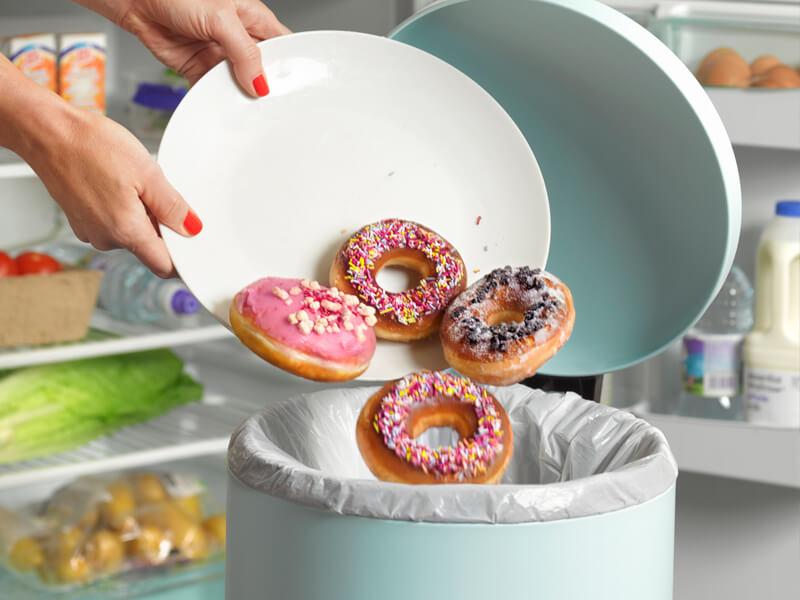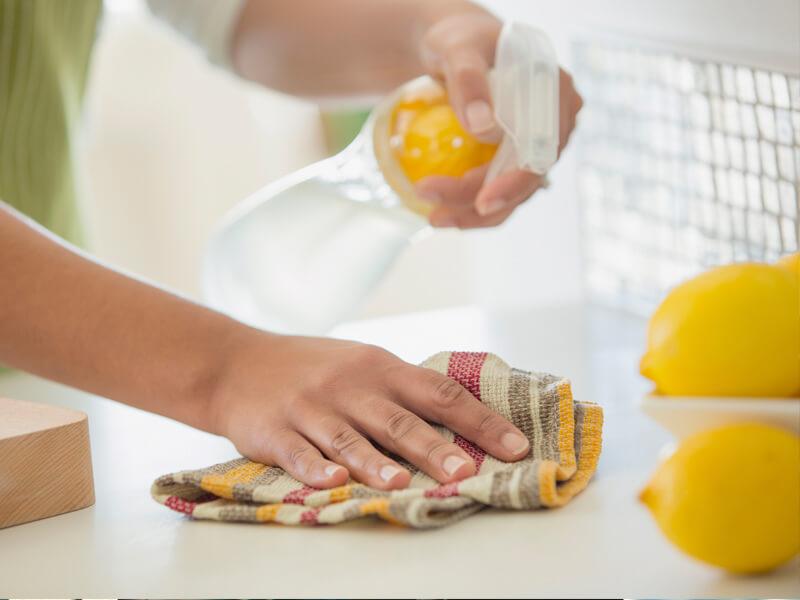The right way to scale back meals waste: 6 methods to be extra eco-friendly at dwelling

Meals waste is a large downside for the setting, to not point out your pockets. Attempt these professional tricks to reduce down the quantity of meals you throw out.
Really feel responsible chucking out that mouldy loaf of bread, one more bag of wilted lettuce leaves or the half-eaten risotto hiding at the back of the fridge?
Meals waste is amongst Australia’s largest environmental issues, with Australians sending an estimated 7.3 million tonnes of uneaten meals to waste annually.
“It’s a phenomenal quantity of meals,” says meals waste warrior Katy Barfield.
Katy says many individuals suppose it’s OK to ship meals to the tip as a result of it’s natural.
“However when it’s wrapped in plastic and put within the floor and it might probably’t decompose as a result of there’s no air down there, then it really is actually, actually damaging as a result of it creates methane,” says Katy, founding father of Yume Meals.
To not point out {that a} quarter of the water utilized by agricultural worldwide is spent rising meals that’s by no means eaten.
Right here’s what you are able to do to cut back meals waste:
1. Get a worm farm
At Katy’s home, the household canine eats most of the leftovers. However there’s additionally hungry worms able to devour scraps resembling uneaten vegies and fruit.
“They actually don’t take quite a lot of taking care of – and the nice factor is for those who’ve received a backyard, you’ll be able to then put the worms and the nice compost on to the backyard that they make,” she says.
- Meals stocktake: Why you need to take a shelfie
2. Use the entire vegetable
Katy says we’re usually too fussy relating to chopping up greens.
“Individuals from different international locations would take a look at us like we’re fully mad – like why would reduce off the stalk of the broccoli, which has received all this diet in it after which simply eat the leafy bits on the prime?” she says.
Floppy lettuce might be stir-fried, whereas utilizing an entire leek will add texture and flavour, she says.
3. Discover good meals storage options
Scientific nutritionist Cailie Ford, who works with imperfect fruit and vegetable rescue enterprise Good & Fugly to unfold the message on meals waste, says right storage is vital.
Conserving greens in hermetic storage within the fridge helps retain moisture that will in any other case evaporate, Cailie says.
“Issues like lettuce, spinach and bok choy are greatest rinsed after which wrapped in a paper towel earlier than being saved within the veggie compartment to retain the freshness and moisture for longer,” she says.
- Sustainable tweaks: 5 habits which might be good for you and the planet
4. Replenish the freezer
Cailie says just about all the pieces – besides potatoes – might be chopped and frozen for later.
“Simply blanch first and permit to chill earlier than storing in a snap lock bag or container to stop freezer burn,” she says.
“Bananas are one other one which generally will get thrown out after they’re trying slightly unhappy – simply peel and retailer in a snap-lock bag within the freezer for use for smoothies or baking at a later date.”
5. Get artistic together with your cooking
Cailie likes to mix all types of greens, resembling zucchini, cauliflower and beetroot, into smoothies, then sweeten with no matter fruit she has hanging round.
In winter, it’s all in regards to the soup.
“Random veg might be thrown in with lentils or shredded meat for a hearty meal,” she says.
“Do-it-yourself pasta sauce is one other good one.”
6. Solely purchase what you want
If that massive bottle of tomato passata is on particular for a similar value because the smaller one, suppose twice earlier than shopping for that “discount”, says Katy.
Whereas it’s exhausting to disregard the would possibly of entrepreneurs, it is necessary – particularly in a rustic of a lot resembling Australia, she says.
“I believe truthfully we simply purchase an excessive amount of, we eat an excessive amount of, we serve an excessive amount of and we throw away an excessive amount of,” she says.
Written by Larissa Ham.




